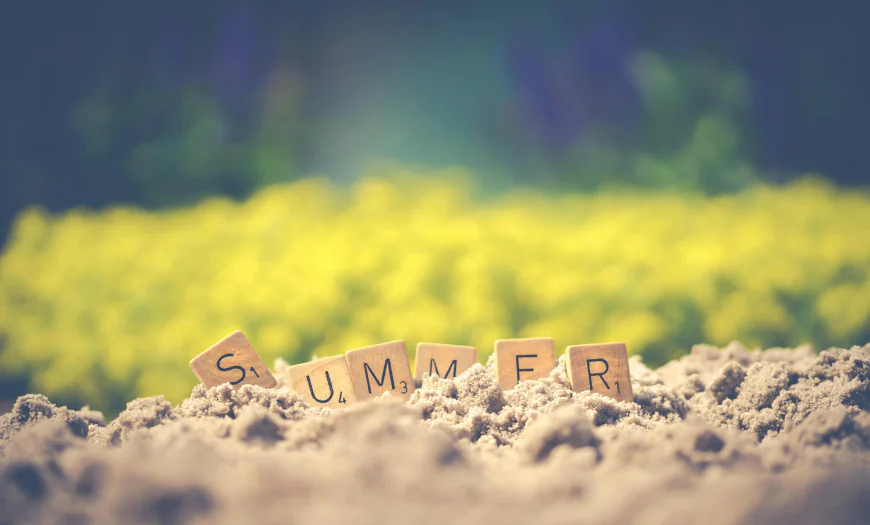Pakistan's Summer Heatwave
Learn how to beat Pakistan’s summer heatwave. Discover heat stroke symptoms, safety tips, and essentials for a cooler, safer season.

Pakistan’s Scorching Summer
Introduction
Have you stepped outside lately and felt like the sun’s too close for comfort? You’re not alone. This summer, temperatures in cities like Lahore, Multan, and Karachi have been hitting record highs and it’s only getting hotter.
With this intense heat comes a serious risk: heat stroke. It’s not just about sweating too much, it’s a dangerous condition that can lead to fainting, dehydration, and even hospitalization if ignored.
In this article, we’ll walk you through what heat stroke is, why it’s on the rise in Pakistan, the warning signs to look out for, practical ways to stay cool, and some summer-friendly essentials to make the heat more bearable.
What Is Heat Stroke and Why Is It Getting Worse in Pakistan?
Heat stroke happens when your body overheats and can’t cool itself down. It usually kicks in during long hours in the sun or hot spaces, especially when you’re not drinking enough water.
The scary part? It’s becoming more common in Pakistan. Why?
-
Summers are getting longer and hotter due to climate change.
-
Big cities trap heat because of more concrete and fewer trees.
-
Many people still don’t realize how serious heat stroke can be.
This summer alone, several areas across Sindh and Punjab have already been under heatwave alerts. It’s time we take this seriously.
Watch Out for These Heat Stroke Symptoms
Knowing the signs early can make a huge difference. Here’s what to look out for:
-
High body temperature (over 103°F or 39.4°C)
-
Hot, dry, and red skin (with little or no sweating)
-
Feeling dizzy, weak, or confused
-
Headaches or nausea
-
Fast heartbeat or shallow breathing
If you or someone else shows these signs, act fast. Move to a cool spot, loosen tight clothing, and place cool, damp clothes on the body.
Who Needs to Be Extra Careful?
While everyone should stay cautious, some groups are at higher risk:
-
Kids and babies – Their bodies heat up faster.
-
Elderly people – Their ability to regulate temperature is lower.
-
Outdoor workers – Laborers, delivery riders, traffic police.
-
People with health conditions – Especially heart or kidney issues.
Make sure vulnerable family members stay hydrated and limit their sun exposure.
Simple Ways to Beat the Heat This Summer
Staying cool doesn’t need to be complicated. Here are easy steps to stay safe:
-
Drink 8–10 glasses of water a day.
-
Wear light fabrics like cotton or lawn.
-
Stay indoors between 11 am and 4 pm when the sun is strongest.
-
Use sun blockers like hats, umbrellas, and sunglasses.
-
Eat light meals—think fruits, salads, and yogurt instead of oily food.
-
Take short showers or use a wet cloth to cool down.
-
Limit outdoor activities to early morning or evening hours.
Must Have Summer Essentials
To make your summer safer and a bit more stylish, consider these essentials:
Breathable Summer Clothing
Switch to cotton kurtis, kurtas, lawn suits, and relaxed kaftans that let your skin breathe and keep you comfortable.
Sun-Proof Accessories
Use wide-brimmed hats, UV-protection sunglasses, and lightweight scarves to shield yourself from direct sunlight.
Skin-Saving Products
Invest in sunscreens, aloe vera gels, and hydrating face mists to keep your skin protected from sunburn and dryness.
Personal Cooling Helpers
Mini fans, facial mists, reusable water bottles, and cooling patches can help you survive those blazing afternoons.
Let’s be real, this heat isn’t going anywhere. But that doesn’t mean we can’t protect ourselves and our loved ones. Stay hydrated, stay indoors when possible, and stock up on summer essentials to make life a lot easier.
Stay cool, stay safe, and enjoy a stylish summer!









